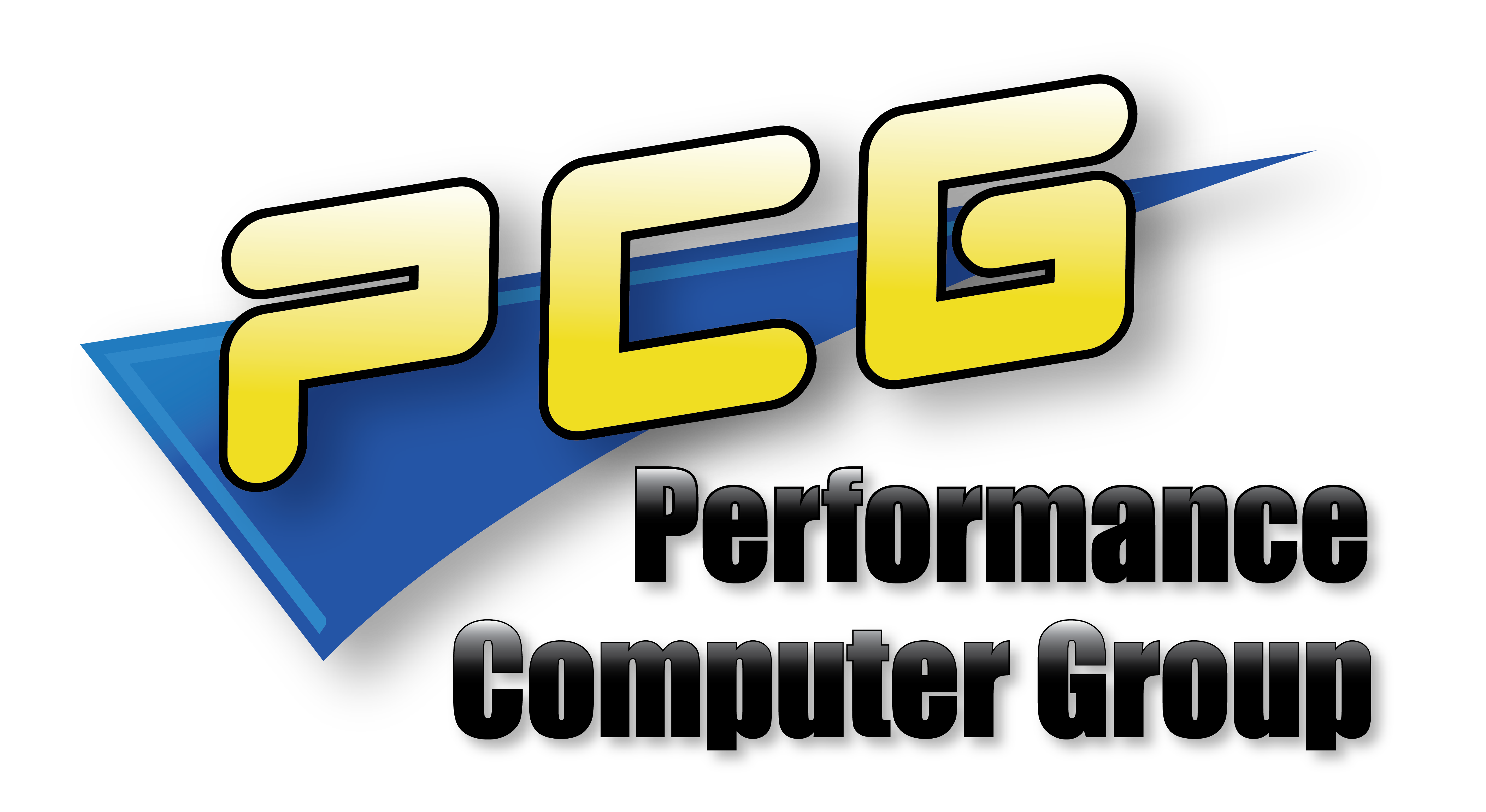Initializing a hard drive or solid state drive (SSD) in Windows is a necessary step before you can use it to store data. When you connect a new drive to your computer, it will appear as "uninitialized" in Disk Management. This means that the drive has not been formatted and cannot be used to store data until it is initialized.
What is Disk Management?
Disk Management is a tool in Windows that allows you to manage your hard drives and partitions. You can use Disk Management to create, format, and delete partitions, as well as to initialize new drives.
How to Initialize a Hard Drive/SSD in Windows
- Connect the drive to your computer. If you are connecting a new drive, you will need to install the drivers for the drive. You can usually find the drivers on the manufacturer's website.
- Open Disk Management. There are two ways to open Disk Management:
- Windows 10 and 8: Right-click the Start button and select "Disk Management".
- Windows 7: Right-click the "Computer" icon on your desktop and select "Manage". Then, click "Disk Management" in the left pane.
- Locate the uninitialized drive. The uninitialized drive will appear as "Unallocated" in Disk Management.
- Right-click the uninitialized drive and select "Initialize Disk".
- Select the partition style. You can choose between MBR (Master Boot Record) and GPT (GUID Partition Table). MBR is the older partition style, and it is compatible with all versions of Windows. GPT is the newer partition style, and it supports larger drives than MBR. If you are installing Windows 10 or 11 to the drive, you should select GPT. Otherwise, you can select MBR.
- Click "OK".
- The drive will be initialized. Once the initialization is complete, the drive will appear as "Online" in Disk Management.
- You can now format the drive. To format the drive, right-click the drive and select "Format Volume".
Additional Tips
- If you are initializing a new SSD, you may want to enable TRIM. TRIM is a feature that allows the operating system to optimize the performance of the SSD. To enable TRIM, right-click the drive and select "Properties". Then, click the "Policies" tab and select "Optimize for performance".
- If you are initializing a large drive, you may want to use GPT instead of MBR. GPT can support drives that are larger than 2 TB.
- If you are having trouble initializing the drive, you can try using a third-party disk management tool. There are many free disk management tools available, such as EaseUS Partition Master and MiniTool Partition Wizard.


